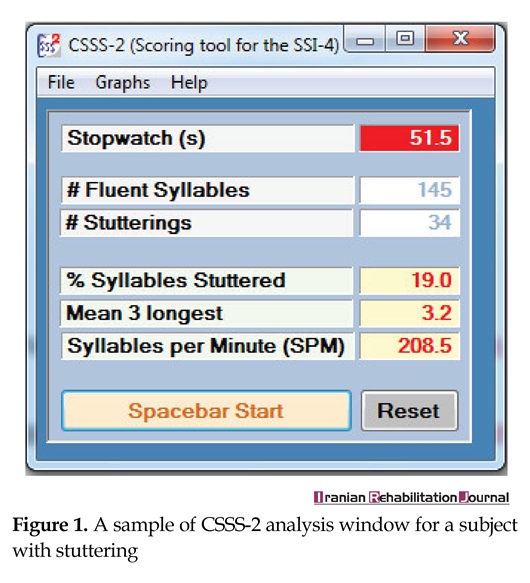Unlock the secrets of stuttering with our empowering guide! Learn to calculate syllables stuttered, track progress, and boost fluency. Packed with practical tips and scientific insights, this resource is a must for therapists, parents, and those who stutter. Join us on the journey to confident, fluent speech!
Understanding Stuttering and Syllable Count
Stuttering, a speech disorder characterized by disruptions in speech fluency, can significantly affect communication. Calculating the number of syllables stuttered is a crucial aspect of speech therapy, helping to assess the severity of the stutter and guide treatment strategies.
To calculate the number of syllables stuttered, one must understand that a syllable is a unit of pronunciation with one vowel sound. In stuttering, repetitions or prolongations of syllables disrupt speech flow. Counting these stuttered syllables provides insight into the severity of the stutter.
It’s important to note that only repetitions or prolongations count as stuttered syllables, not silent blocks where no sound is produced. While the count of stuttered syllables is informative, it is just one part of a comprehensive stuttering assessment that considers various factors.
Understanding the nuances of stuttering, like syllable count, is key to developing effective therapy strategies. Approach stuttering with patience and empathy to help individuals communicate more confidently and fluently.
Techniques for Calculating Stuttered Syllables
Stuttering, a speech disorder characterized by disruptions in speech fluency, can be effectively understood and managed through the calculation of stuttered syllables. This process, though not purely mathematical, serves as a valuable therapeutic tool for speech therapists and individuals seeking to better understand and address stuttering.
- Identifying Stuttered Syllables: Begin by listening to the individual’s speech and marking each instance of stuttering, including repetitions, prolongations, or blocks of sounds or syllables.
- Counting Stuttered Syllables: Once identified, count each occurrence of a stuttered syllable. Each repetition, prolongation, or blockage is considered one stuttered syllable, regardless of its duration.
- Calculating Percentage of Stuttered Syllables: Divide the total number of stuttered syllables by the total number of syllables spoken, then multiply by 100 to get the percentage. For example, if 10 out of 100 syllables are stuttered, the percentage is 10%.
This calculation provides insight into the nature and severity of stuttering, helping to identify triggers, monitor progress, and guide therapy strategies. However, it’s important to remember that stuttering is complex and influenced by various factors, and the percentage of stuttered syllables is just one aspect of its evaluation.
Implementing Syllable Count in Speech Therapy
Stuttering, a communication disorder characterized by interruptions in speech fluency, can be effectively addressed through the implementation of syllable count in speech therapy. This technique helps individuals become more aware of their speech patterns and measure the severity of stuttering by calculating the number of syllables stuttered.
In speech therapy, therapists first establish the total number of syllables in a sentence spoken by the individual. They then identify and count the stuttered syllables, which include repetitions, prolongations, or hesitations. This count provides a numerical insight into the frequency of stuttering and can track progress over time.
Implementing syllable count offers several benefits. It provides a tangible measure of stuttering, motivating clients to see progress. It also creates awareness of speech patterns, leading to self-correction and reduced stuttering frequency. Additionally, it encourages deliberate speech, which can lessen stuttering occurrences.
However, syllable count should be part of a comprehensive therapy approach. It should be combined with other strategies such as breathing exercises, fluency shaping techniques, and cognitive-behavioral therapy for optimal results. Stuttering therapy is more than just a numbers game; it requires emotional and psychological support for effective management.
Our website aims to provide accurate and helpful information about stuttering, inspiring and empowering those affected by it. By understanding concepts like syllable count, we can contribute to a more supportive and understanding world for individuals who stutter.

